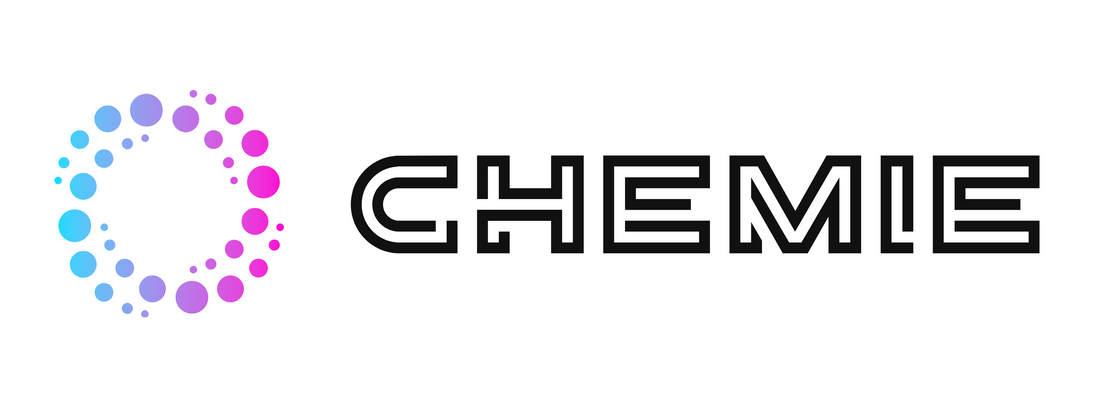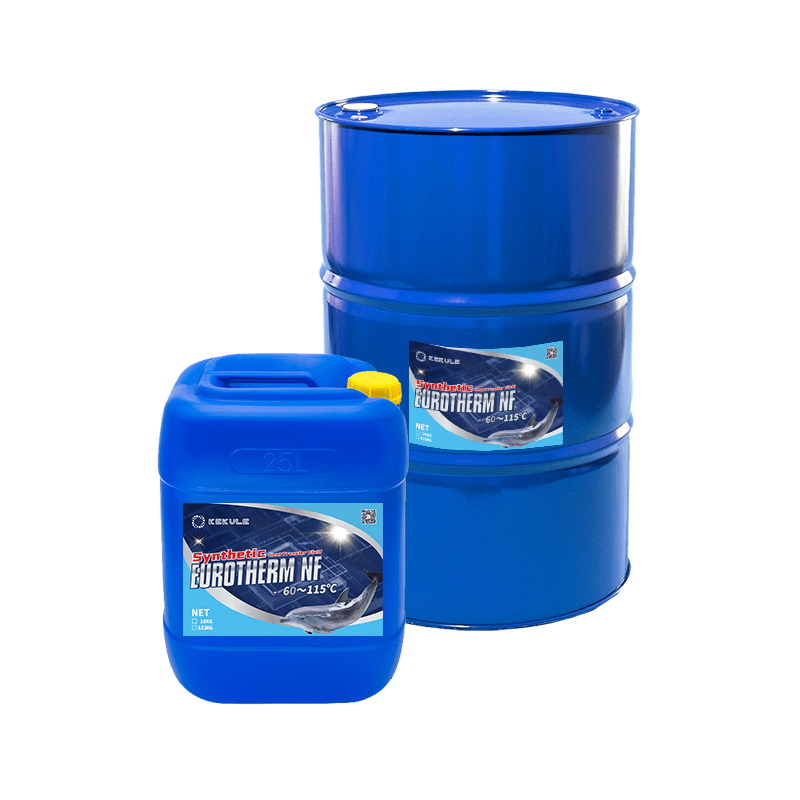The Best Strategy To Use For Chemie
The Best Strategy To Use For Chemie
Blog Article
More About Chemie
Table of ContentsA Biased View of ChemieThe smart Trick of Chemie That Nobody is Talking AboutThe Only Guide for ChemieNot known Factual Statements About Chemie Chemie for BeginnersSome Known Facts About Chemie.
By Bojanna Shantheyanda, Sreya Dutta, Kevin Coscia and David SchiemerDynalene, Inc. Fluid air conditioning, which can be accomplished using indirect or direct methods, is made use of in electronics applications having thermal power thickness that might go beyond risk-free dissipation through air cooling. Indirect liquid cooling is where warmth dissipating electronic parts are physically divided from the liquid coolant, whereas in instance of straight cooling, the parts remain in straight call with the coolant.However, in indirect air conditioning applications the electric conductivity can be important if there are leakages and/or splilling of the fluids onto the electronic devices. In the indirect cooling applications where water based fluids with rust inhibitors are normally used, the electric conductivity of the fluid coolant generally depends upon the ion focus in the fluid stream.
The boost in the ion focus in a closed loop fluid stream might happen because of ion leaching from steels and nonmetal parts that the coolant liquid is in contact with. Throughout procedure, the electrical conductivity of the liquid might boost to a degree which could be hazardous for the cooling system.
8 Simple Techniques For Chemie
(https://truthful-shrimp-nd4j6l.mystrikingly.com/blog/dielectric-coolant-and-heat-transfer-solutions-by-chemie)They are bead like polymers that are qualified of trading ions with ions in an option that it touches with. In the here and now work, ion leaching examinations were performed with various steels and polymers in both ultrapure deionized (DI) water, i.e. water which is treated to the highest degree of pureness, and low electrical conductive ethylene glycol/water combination, with the measured adjustment in conductivity reported gradually.
The examples were enabled to equilibrate at area temperature for two days prior to recording the preliminary electric conductivity. In all tests reported in this research study fluid electric conductivity was determined to an accuracy of 1% utilizing an Oakton CON 510/CON 6 series meter which was adjusted before each measurement.
Chemie Things To Know Before You Buy
from the wall surface home heating coils to the facility of the heating system. The PTFE example containers were put in the heater when constant state temperatures were reached. The examination configuration was eliminated from the heating system every 168 hours (7 days), cooled to area temperature level with the electrical conductivity of the liquid gauged.
The electric conductivity of the fluid sample was kept track of for a total amount of 5000 hours (208 days). Schematic of the indirect shut loophole cooling experiment set up. Elements utilized in the indirect closed loop cooling down experiment that are in call with the fluid coolant.

Examine This Report on Chemie
The change in fluid electrical conductivity was kept an eye on for 136 hours. The fluid from the system was gathered and stored.

0.1 g of Dowex material was contributed to 100g of fluid samples that was absorbed a different container. The blend was stirred and change in the electric conductivity at space temperature was measured every hour. The measured modification in the electrical conductivity of the UP-H2O and EG-LC examination fluids including polymer or steel when engaged for 5,000 hours at 80C is shown Figure 3.
The Facts About Chemie Revealed
Figure 3. Ion leaching experiment: Measured adjustment in browse around this web-site electric conductivity of water and EG-LC coolants having either polymer or steel samples when immersed for 5,000 hours at 80C. The outcomes indicate that metals added fewer ions right into the fluids than plastics in both UP-H2O and EG-LC based coolants. This could be due to a slim metal oxide layer which may function as a barrier to ion leaching and cationic diffusion.
Liquids having polypropylene and HDPE showed the lowest electric conductivity modifications. This could be as a result of the short, stiff, linear chains which are much less most likely to contribute ions than longer branched chains with weak intermolecular forces. Silicone also executed well in both examination fluids, as polysiloxanes are typically chemically inert because of the high bond energy of the silicon-oxygen bond which would avoid degradation of the material into the liquid.
See This Report about Chemie
It would be expected that PVC would create comparable results to those of PTFE and HDPE based on the comparable chemical structures of the materials, however there may be various other impurities existing in the PVC, such as plasticizers, that might affect the electric conductivity of the fluid - silicone synthetic oil. Furthermore, chloride teams in PVC can also leach into the examination fluid and can cause a rise in electric conductivity
Buna-N rubber and polyurethane revealed indications of deterioration and thermal decay which recommends that their feasible utility as a gasket or adhesive product at higher temperature levels can bring about application concerns. Polyurethane completely broke down into the examination liquid by the end of 5000 hour test. Figure 4. Prior to and after photos of steel and polymer examples immersed for 5,000 hours at 80C in the ion seeping experiment.
Calculated adjustment in the electrical conductivity of UP-H2O coolant as a function of time with and without material cartridge in the closed indirect cooling loop experiment. The determined modification in electric conductivity of the UP-H2O for 136 hours with and without ion exchange resin in the loophole is revealed in Figure 5.
Report this page